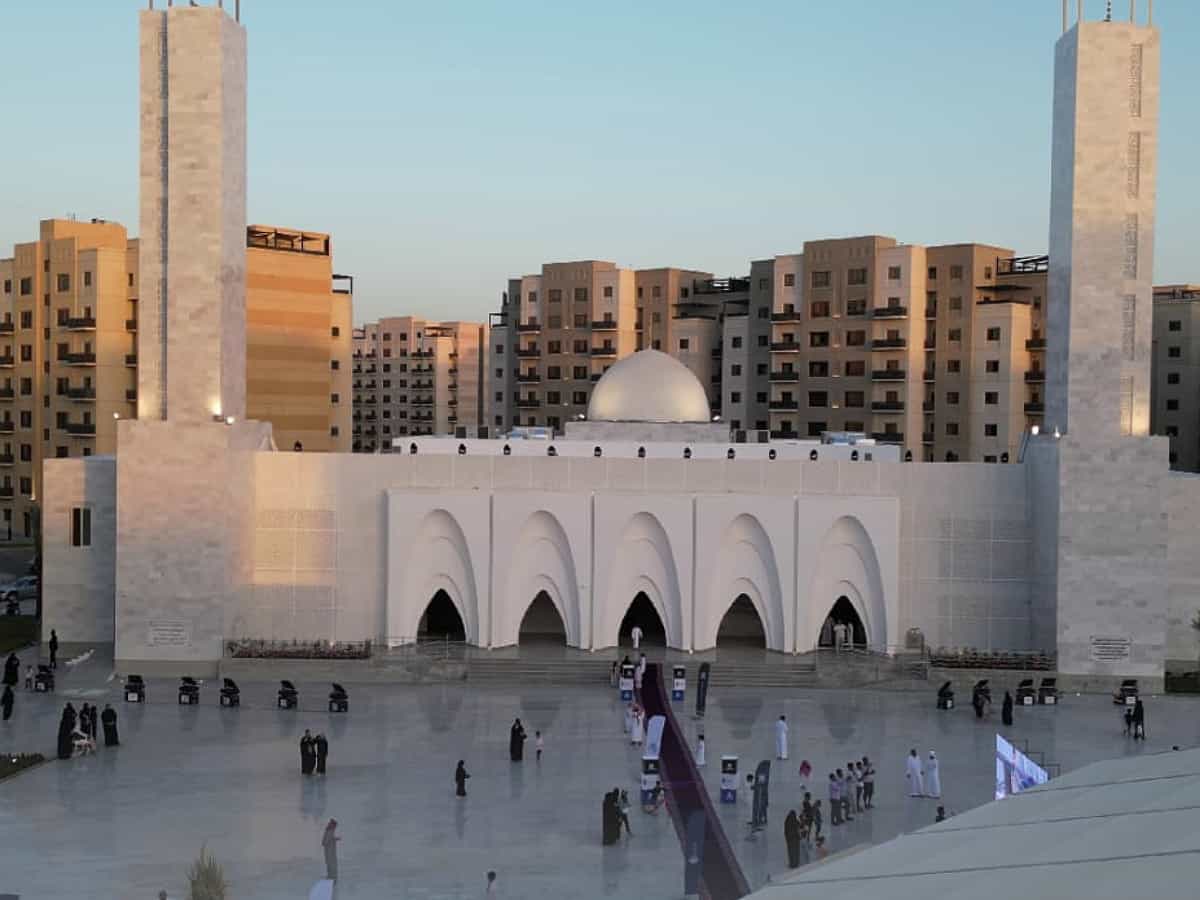
Jeddah: In a groundbreaking move, the Kingdom of Saudi Arabia (KSA) recently opened the world’s first mosque built using 3D printing technology within the Al-Jawhara suburb project in Jeddah Governorate.
The mosque is named after the late businessman Abdulaziz Abdullah Sharbatly, and the construction of the mosque was an initiative of his wife and businesswoman, Wajanat Muhammad Abdel Wahed, as a tribute to his soul.
It was constructed on an area of 5,600 square meters and took six months using four printers produced by the Chinese company Guanli 3D printers, the world’s leading manufacturer of 3D printers.
In a statement, Wajanat emphasized, “As a Saudi businesswoman, I wanted to contribute to introducing this modern technology to the Kingdom, positioning it among the first countries to utilize it.”
Watch the videos here
“The idea materialized into constructing a mosque dedicated to the memory of my late husband, subsequently becoming the world’s first mosque built with 3D printing technology.”
She commented, “This marks a significant milestone in technology and contemporary construction, signalling a move towards architectural innovation and global sustainable building practices.”
Wajanat pointed out that the mosque’s construction received private sector stimulus support, promoting modern construction through advanced technologies and industrial development.
“I dedicate the reward of building the first mosque in the world using 3D printing technology to my husband, Mr. Abdulaziz Abdullah Sharbatly. I ask God to grant him benefit to the Kingdom and enable him to become a leader in line with #Saudi_Vision_2030,” Wajanat wrote on X on Thursday, March 7.
3D printing technology creates tangible objects from 3D digital models obtained through scanners or computer programs, using successive layers to form the final shape.
3D printing technology in Saudi Arabia’s first mosque demonstrates future construction and architectural innovation, promoting local content and diversification, aligning with Vision 2030’s ambitious goals of non-oil production.



